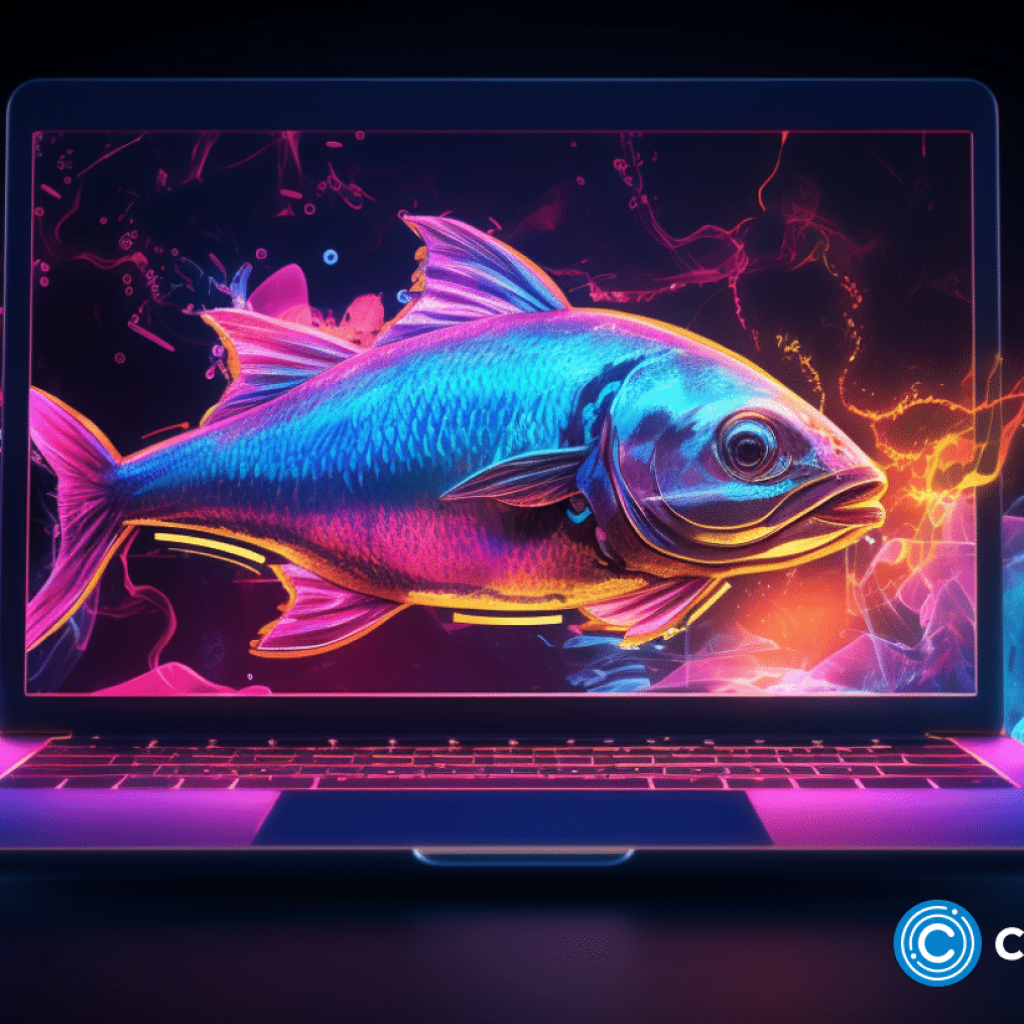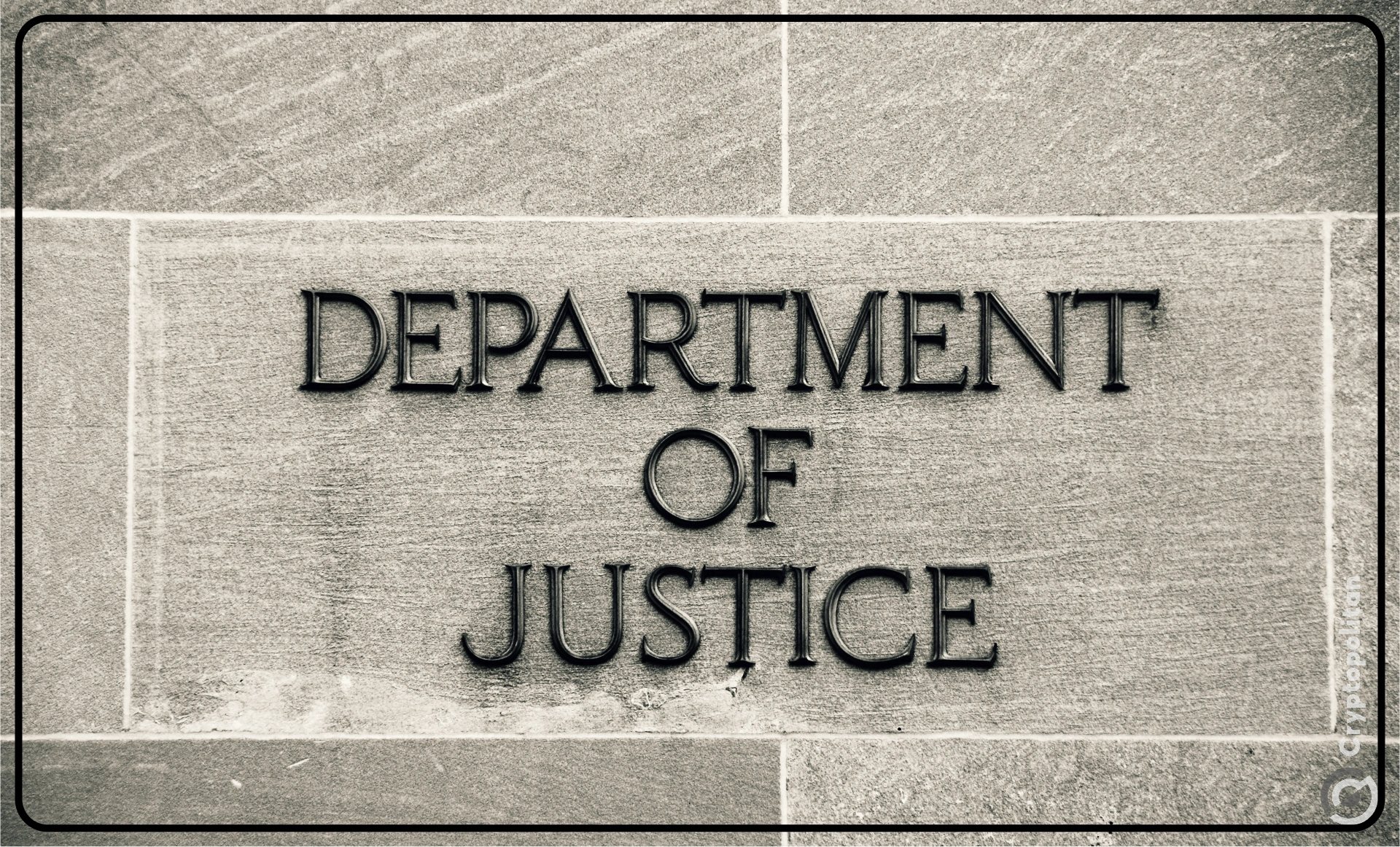Blur, an NFT marketplace, has quickly established itself as a primary trading platform since its October launch. According to Dune Analytics, Blur controls 30% of the total NFT market. According to crypto market participants, Blur’s rise is linked to the upcoming launch of its native token.
According to a team statement, the launch was originally scheduled for January 2023 but was pushed back. The token will now be made available on February 14, 2023.
Blur NFT marketplace surges in volume and market share
According to recent reports, Blur has just made a game-changing move in order to circumvent OpenSea’s blocklist control. Blur is attempting novel approaches for an unprecedented launch, as stated in the airdrop announcement.
The NFT ecosystem began to recover in the latter half of 2022, and a newcomer to the scene fueled this recovery. As a result, blur is pitted against OpenSea in the battle of NFT marketplaces.
According to market analysts, NFT sales volume on the marketplace reached $484 million in December 2022, nearly doubling the volume on OpenSea, the world’s largest NFT marketplace.
In the last 24 hours, the number of unique traders transacting in the marketplace increased by nearly 16% to 4.353, compared to a 6% drop recorded by OpenSea at the same time. According to DappRadar, its increasing adoption can be attributed to its fast transaction speeds and user-friendly interface.
The new NFT marketplace is placed 11th in terms of all-time sales. It is less than Magic Eden’s $2.07 billion, Looksrare’s $1.69 billion, and X2Y2’s $1.07 billion. However, it has eclipsed the all-time sales records of the NFT markets Wax Atomicmarket ($441.42 million), Immutable X Marketplace ($387.11 million), and Rarible ($301.95 million).
While OpenSea is a one-of-a-kind venue, Blur also acts as an NFT market aggregator. According to a Dune Analytics dashboard, it is currently by far the largest, accounting for more than 70% of the market.
NFT airdrop details
the entity has planned three airdrops since its inception, recently motivating steady weekly trade volumes of about $98 million. Its debut airdrop rewarded customers who actively traded NFTs during the bear market with so-called “care packages” – to claim, traders only had to list an NFT on its site.
Care packages are intended to be redeemed for BLUR eventually. A similar strategy was used for the second airdrop, in which users were compensated for advertising NFT sales on the NFT marketplace.
Its last airdrop, which is scheduled to coincide with the introduction of its token, will disperse more than twice as many care items. Users can also accumulate reward points based on their bidding activity.
Blur’s user experience is also incredibly enticing to users, diverting attention away from rival NFT marketplaces with fewer complex features. The question is whether trade volumes will continue to grow following the final airdrop in February.
Blur bypasses OpenSea’s blocklist
OpenSea established a new policy in November 2022: collections seeking enforced royalties must block markets that do not completely honor them. Soon after, Blur had trades that did not properly honor royalties, putting them on the blocklist. As a result, OpenSea collections with royalty enforcement cannot be traded on the marketplace.
OpenSea’s new approach effectively established a defensive line to protect its leading position against developing competitors such as Blur. In the near term, OpenSea’s defensive line has shown to be effective since new collections, such as Yuga’s Sewer Pass, have chosen to align with OpenSea and block the NFT entity.
The NFT marketplace replied to the block by pledging to enforce royalties for new collections. Months later, the NFT company submitted a request, saying that they matched OpenSea’s standards and hence should be removed from the blocklist.
However, OpenSea responded that their policy necessitated enforcing royalties for all collections, not simply those that use blocklists. As a result, the entity was unable to overcome its protections and remained on OpenSea’s blocklist. As a result, OpenSea defeated the novice marketplace in that round.
Blur and OpenSea have now caught creators in the crossfire. Collections are ineligible to trade on Blur if they choose OpenSea. Furthermore, if they want Blur, royalty will not be imposed on OpenSea. As a result, most people choose OpenSea since 92% of its deals honor royalty, whereas others only honor 19%.
The NFT marketplace exploited a flaw by utilizing OpenSea’s Seaport to establish a new trading system. It makes sense because Seaport is not on OpenSea’s blocklist. Collections obstructing Blur become tradeable on it under the new structure, which includes mandatory royalties.
Blur now has two mechanisms for executing trades on its marketplace. The old one continues to handle collections that do not block it, but the new one manages previously blocked collections. In addition, the nft marketplace automatically selects the system, ensuring a smooth user experience.
Blur’s clever circumvention of OpenSea’s blocklist control has far-reaching implications for all parties involved, including the marketplace, creators, merchants, and OpenSea.





